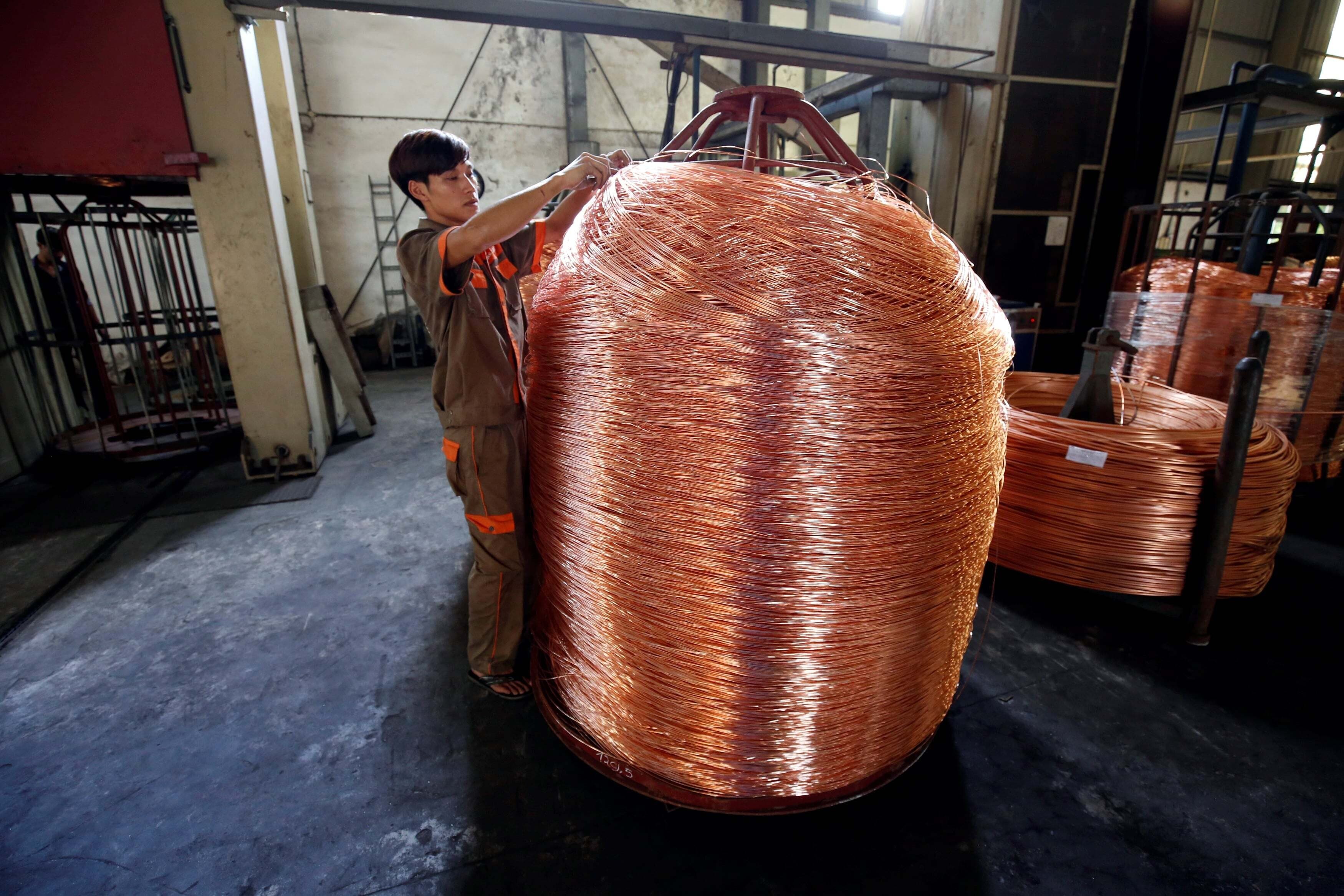How to maximize value for money in rural road investments

Stay up to date:
Infrastructure
One of the key issues in transportation is the ability to get both the wonderful advantages that a new road brings to a village, while being cost effective and environmentally and socially responsible. For example, when a village in India finally gets a paved road, life becomes freer, safer, and more prosperous. A new road that connects a rural village opens the local economy to new opportunities.
Additionally, farmers can travel farther to sell their produce and get better prices, children can go to schools more easily and, migrants who go elsewhere to work can come back to their families.
- Download and read “Maximizing value for money in rural road investments,” a paper that describes how road construction costs in India can be decreased by 20 percent by using local materials
For many years, this transformation was limited to larger villages. Until the year 2000, only about 300,000 Indian villages — half of the total amount of villages — had a main road. In recent years, state and federal governments have grown increasingly ambitious and are now working towards the goal of providing road links to even the smallest of villages.
With this objective in mind, the World Bank is funding the Pradahn Mantri Gram Sadak Yojana (PMGSY). The PMGSY is the Prime Minister’s Rural Roads Program of the Government of India, which aims to provide road access to villages that have more than 500 inhabitants — 250 in special cases. Currently, several state governments are looking into ways to build an even finer-grained and more comprehensive road network, one that can also provide links to villages of less than 500 people.
However, building low-volume roads provides both challenges and opportunities, and it is essential to continuously assess the efficiency of the construction, costs and materials, as well as the environmental, economic and social impacts. One element that the World Bank’s transport sector has been looking at is the type of materials utilized for the road construction. Traditional road construction involves the use of hard stones — which in many cases have to be carried from far away — resulting in high construction costs and adverse environmental impacts.
Low-volume roads, however, don’t necessarily need to be designed and constructed using the same specifications and materials as higher-volume roads that link larger villages. It was with this view in mind that field visits were recently carried out to sites in Rajasthan and Bihar. The objective was to develop an understanding of current construction practices and look at ways that local materials could be utilized in road construction, reducing the carbon footprint and helping the local economy.
As a result of these visits and a thorough review of international practices for constructing low-volume roads, a number of areas for improvement were spotted. For instance, road specifications currently call for a pavement thickness of 300-325 mm, and the use of certain materials regardless of the availability of local substitutes. A more technical detailed description of the materials and the construction process can be accessed here.
While looking for ways to innovate while being efficient, cost effective and ensuring high quality work, the World Bank’s staff — taking into account previous research and looking at ways these roads are to be used — concluded that pavement thickness can probably be reduced by 100-125 mm. This thickness reduction would result in substantial cost savings, particularly when local materials could be utilized. The crushed stone that is currently used in the pavements can, in many cases, be replaced by stabilization of local soils and waste material — including Kotah stone, marble waste and copper slag — that arise as a byproduct of local industry, which also reduces the carbon footprint and promotes the local economy.
With these improvements, the expectation is that the same amount of money can build about 20 percent more roads. And that, in turn, means that it will become increasingly cost-effective to provide even the smallest and most remote villages with the development, safety and opportunities that come with a paved road.
This post first appeared on The World Bank’s Transport for Development Blog. Publication does not imply endorsement of views by the World Economic Forum.
To keep up with Agenda subscribe to our weekly newsletter.
Author: Catalina is a gender, migration and education specialist, with over 15 years of experience in international development. Arnab Bandyopadhyay works as a Senior Transport Engineer for the World Bank’s South Asia Transport Unit. Grégoire Gauthier and Lincoln Flor are a Senior Transport Engineers.
Don't miss any update on this topic
Create a free account and access your personalized content collection with our latest publications and analyses.
License and Republishing
World Economic Forum articles may be republished in accordance with the Creative Commons Attribution-NonCommercial-NoDerivatives 4.0 International Public License, and in accordance with our Terms of Use.
The views expressed in this article are those of the author alone and not the World Economic Forum.
Related topics:
Forum Stories newsletter
Bringing you weekly curated insights and analysis on the global issues that matter.
More on Economic GrowthSee all
John Letzing
July 24, 2025
Katica Roy
July 23, 2025
Elena Raevskikh and Giovanna Di Mauro
July 23, 2025
Ali Alwaleed Al-Thani and Santiago Banales
July 21, 2025
Juan Caballero and Ana Sampaio
July 18, 2025





